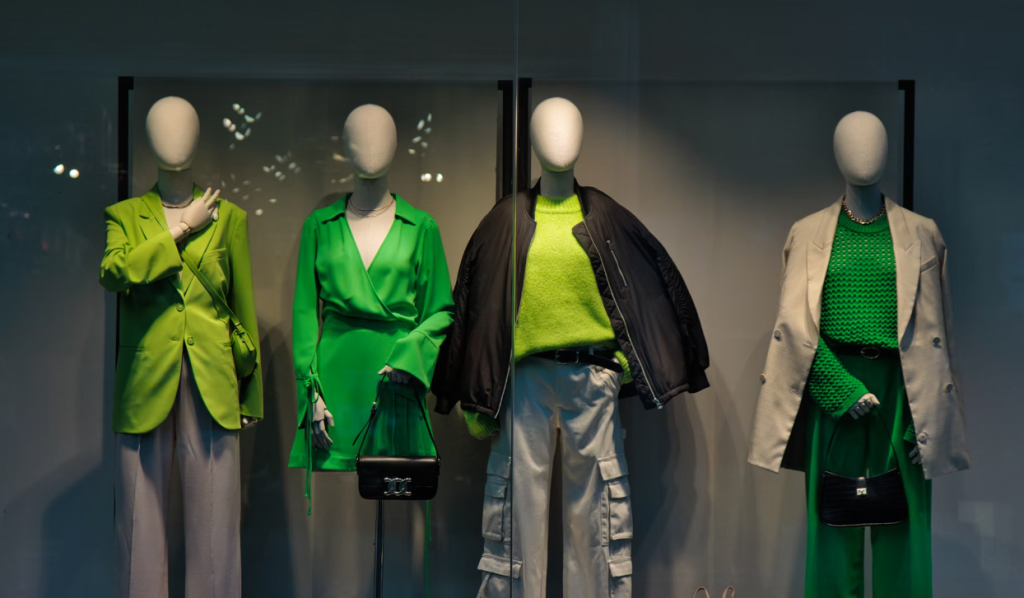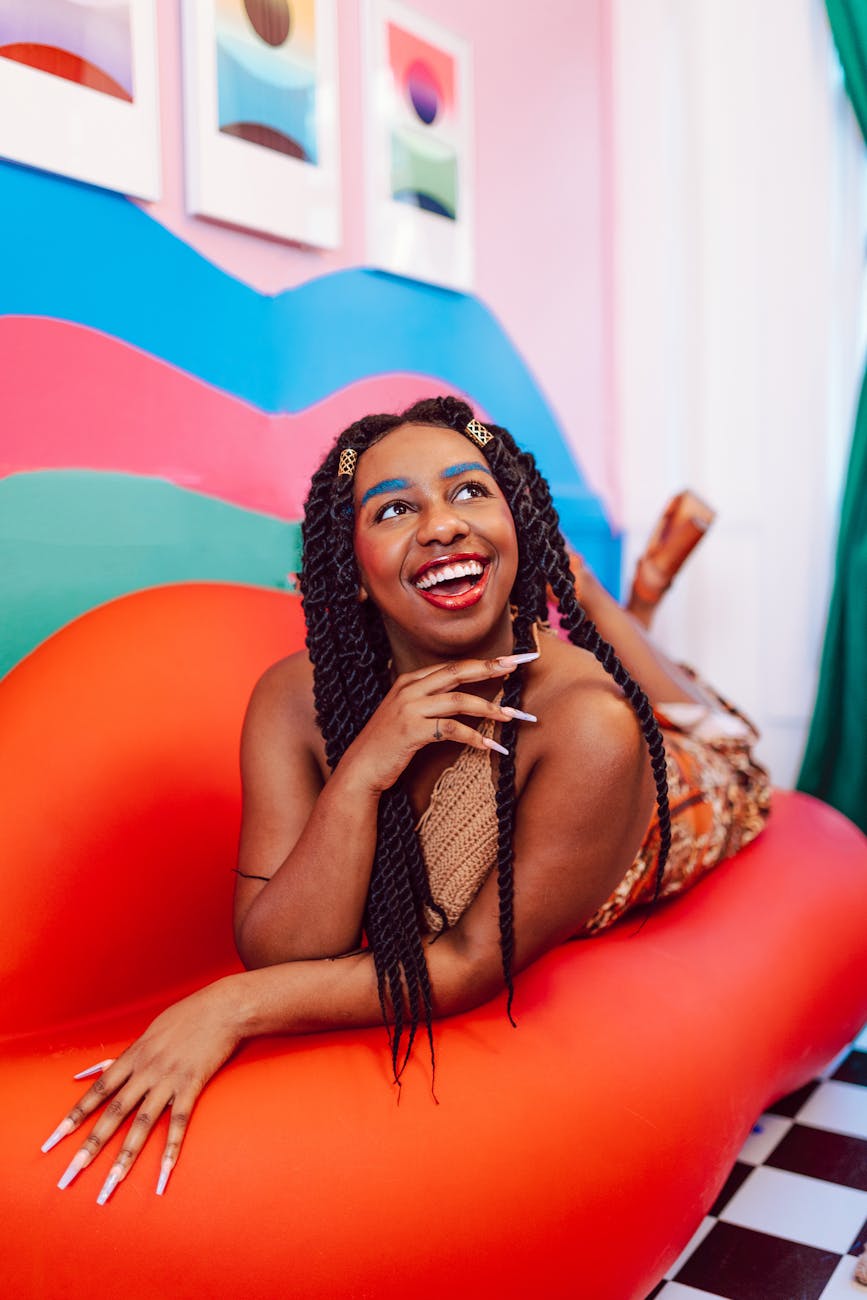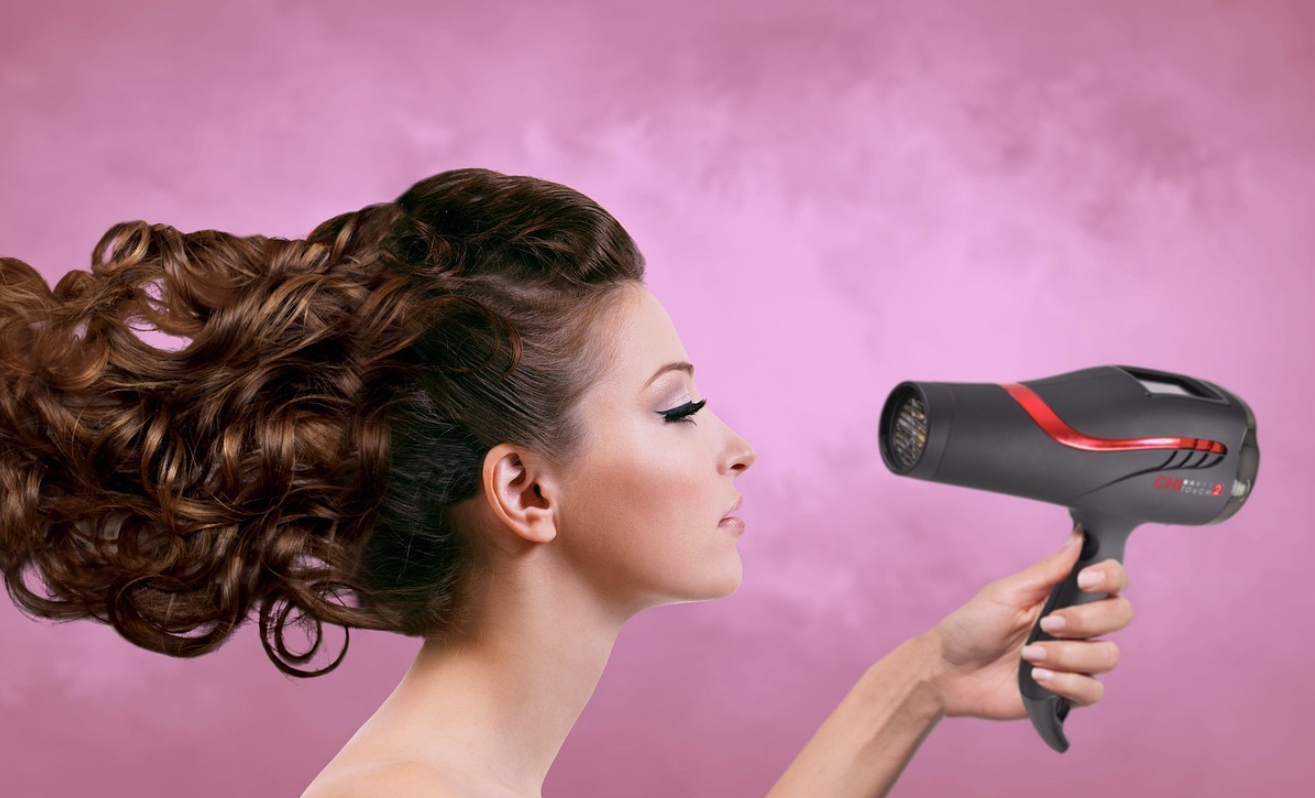Imagine slipping into a chic dress that not only turns heads but also treads lightly on the planet. Sustainable fashion is no longer a niche trend—it’s a movement redefining style with purpose. Gone are the days when eco-friendly meant shapeless hemp sacks. Today’s sustainable brands blend ethics with aesthetics, offering looks that are as Instagram-worthy as they are planet-friendly. But with greenwashing lurking in every corner, how do you spot the real deal? Let’s dive into the best sustainable fashion brands that deliver eco-chic looks without compromising on style or values, and explore how you can build a wardrobe that’s both fabulous and responsible.
Why Sustainable Fashion Matters
Fast fashion might be cheap, but it comes at a steep cost. Every year, the industry churns out billions of garments, leaving behind a trail of environmental destruction and human exploitation. Why should you care? Because your wardrobe choices can either fuel this cycle or break it. Sustainable fashion offers a way to look good while doing good, prioritizing the planet and its people over profit.
The Environmental Toll of Fast Fashion
Picture this: mountains of discarded clothes piling up in landfills, leaching toxic chemicals into the soil. Fast fashion is a major polluter, guzzling water, energy, and resources like there’s no tomorrow. Producing a single pair of jeans can require up to 1,500 gallons of water—enough to fill a small swimming pool! Add to that the microplastics from synthetic fabrics clogging our oceans, and it’s clear why we need alternatives. Sustainable brands tackle these issues head-on, using low-impact materials and processes to shrink their environmental footprint.

Ethical Concerns in the Fashion Industry
Beyond the planet, fast fashion takes a toll on people. Garment workers—often women in developing countries—face grueling hours, unsafe conditions, and wages that barely cover survival. Ever wonder who’s stitching your $10 T-shirt? Sustainable brands prioritize fair labor, ensuring workers earn living wages and work in safe environments. Certifications like Fair Trade and SA8000 are your clues that a brand values its people as much as its profits.
What Makes a Fashion Brand Sustainable?
Not all brands waving the “eco-friendly” flag are legit. So, what separates the sustainable superstars from the greenwashers? It’s a mix of eco-friendly materials, ethical production, and transparency. A truly sustainable brand doesn’t just slap “organic” on a label—they back it up with certifications, traceable supply chains, and a commitment to reducing waste.
Eco-Friendly Materials
Materials matter. Organic cotton, grown without harmful pesticides, saves water and soil health. Recycled polyester, made from plastic bottles, keeps waste out of landfills. Then there’s Tencel, a silky fabric derived from sustainably harvested wood pulp. Innovative brands are even experimenting with mushroom leather and apple skins! These materials aren’t just kinder to the planet—they feel luxurious and last longer than their fast-fashion counterparts.
Ethical Production Practices
A brand’s heart lies in its factories. Sustainable labels partner with ethical manufacturers, ensuring fair wages, safe conditions, and no child labor. Certifications like GOTS (Global Organic Textile Standard) and Fair Trade guarantee that every stitch aligns with high ethical standards. It’s like choosing a restaurant that sources local, organic ingredients—you know the whole process is wholesome.
Transparency and Certifications
Ever try reading a brand’s “sustainability” page only to find vague buzzwords? True sustainability demands transparency. The best brands share details about their supply chains, from raw materials to final stitching. Look for certifications like B-Corp, which validates a company’s social and environmental impact, or Bluesign, which ensures low-impact textile production. These are your cheat codes for spotting brands that walk the talk.
Top Sustainable Fashion Brands for Eco-Chic Looks
Ready to shop smarter? Here’s a curated list of sustainable brands that nail the eco-chic vibe. These labels prove you don’t have to sacrifice style to save the planet.
Reformation: Effortless Chic with a Green Heart
Reformation is the cool kid of sustainable fashion. Based in Los Angeles, this brand crafts flirty dresses and sleek denim using eco-friendly fabrics like Tencel and recycled cotton. Their goal? To be climate-positive by 2025. Reformation’s quarterly sustainability reports lay bare their environmental impact, proving transparency isn’t just a buzzword. From floral midi dresses to tailored blazers, their部分:0⁊ their pieces scream California cool with a conscience.
Why We Love Reformation
What’s not to love? Reformation’s designs are effortlessly stylish, spotted on celebs like Taylor Swift and Meghan Markle. Their limited-edition drops sell out fast, so you’ll need to act quick to snag that perfect dress. Plus, their partnership with ThredUp encourages recycling, keeping clothes out of landfills. It’s sustainable fashion that feels like a guilty pleasure—without the guilt.
Everlane: Timeless Staples with Radical Transparency
If you’re after wardrobe staples that last, Everlane’s your go-to. This San Francisco-based brand is obsessed with “radical transparency,” revealing the true cost of every item, from materials to labor. Their factories meet strict ethical standards, and they’re aiming for 100% recycled or renewable materials by 2025. Think classic tees, cashmere sweaters, and denim that gets better with age.
Everlane’s Must-Have Pieces
Start with Everlane’s Organic Cotton Crew T-Shirt—soft, versatile, and under $30. Their Day Market Tote, made from recycled leather, is a chic work-to-weekend bag. These pieces are the building blocks of a capsule wardrobe, designed to mix, match, and endure.
Stella McCartney: Luxury Meets Sustainability
Stella McCartney is the queen of eco-luxury. Since launching in 2001, she’s ditched leather, fur, and feathers for vegan alternatives like mushroom leather and recycled nylon. Her collections—think tailored suits and slip dresses—are high fashion with a purpose, worn by A-listers like Kate Middleton. Stella’s also a pioneer in circular fashion, offering repair services to keep her pieces in circulation.
Stella’s Signature Style
Stella’s designs are timeless yet bold, with clean lines and pops of color. Her Alter-Nappa handbags, made from plant-based materials, are a cruelty-free status symbol. If you’re splurging, her wool-blend coats are investment pieces that scream sophistication.
Patagonia: Outdoor Gear with a Purpose
Patagonia isn’t just for hikers—it’s for anyone who values durability and ethics. This outdoor brand uses recycled polyester and organic cotton, with a focus on regenerative farming to restore soil health. Their “Worn Wear” program lets you trade in used gear, extending its life. Patagonia’s also a B-Corp, donating profits to environmental causes.
Patagonia’s Eco-Friendly Outerwear
Their Synchilla Fleece, made from recycled plastic bottles, is a cozy classic. For rainy days, the Torrentshell Jacket keeps you dry without harming the planet. These pieces are built to withstand adventures, from mountain trails to city commutes.
Omnes: Trendy and Accessible Sustainability
London-based Omnes proves sustainable fashion doesn’t have to break the bank. Their vibrant dresses and tailored separates are made from organic cotton, EcoVero viscose, and deadstock fabrics. Omnes prioritizes ethical factories and eco-packaging, like biodegradable poly-bags. It’s trend-led style with staying power.
How to Build an Eco-Chic Wardrobe
Building a sustainable wardrobe is like planting a garden—it takes time, but the results are worth it. Start small, focus on quality, and let your style shine through.
Shop Secondhand and Vintage
Thrifting is a treasure hunt. Platforms like Depop and Vestiaire Collective offer pre-loved designer gems and unique vintage finds. Buying secondhand extends a garment’s life and cuts demand for new production. Plus, you’ll score one-of-a-kind pieces that spark conversations.
Care for Your Clothes
Treat your clothes like old friends. Wash them in cold water, air-dry when possible, and mend small tears with a needle and thread. Proper care keeps your favorites in rotation for years, reducing waste and saving cash.
The Future of Sustainable Fashion
The fashion industry is evolving, and sustainability is leading the charge. What’s next? Expect more brands to embrace circular fashion, upcycling, and tech-driven solutions like waterless dyeing.
Circular Fashion and Upcycling
Circular fashion is about closing the loop—designing clothes that can be reused, repaired, or recycled. Brands like E.L.V. Denim transform vintage jeans into fresh styles, proving waste can be beautiful. Upcycling is the ultimate glow-up for old clothes.
Conclusion
Sustainable fashion isn’t just a trend—it’s a mindset. By choosing brands like Reformation, Everlane, Stella McCartney, Patagonia, and Omnes, you’re voting for a world where style doesn’t cost the Earth. Each purchase is a step toward a cleaner planet and fairer industry. So, why not start today? Build a wardrobe that reflects your values, shop mindfully, and wear your eco-chic looks with pride. The planet—and your closet—will thank you.
FAQs
- What makes a fashion brand sustainable?
A sustainable brand uses eco-friendly materials (like organic cotton or recycled fabrics), ensures ethical production with fair wages, and maintains transparency about its supply chain. Certifications like GOTS or Fair Trade are key indicators. - Is sustainable fashion expensive?
It can be pricier upfront, but the quality means garments last longer, saving money over time. Brands like Omnes and Everlane offer affordable options, and thrifting is a budget-friendly way to shop sustainably. - How can I spot greenwashing in fashion?
Look for specific details about materials, production, and certifications. Vague claims like “eco-friendly” without proof are red flags. Check for transparency reports or third-party certifications like B-Corp. - Can sustainable fashion be stylish?
Absolutely! Brands like Reformation and Stella McCartney create trendy, high-fashion pieces that rival fast fashion. Sustainable doesn’t mean sacrificing style—it’s about smarter choices. - How do I start a sustainable wardrobe?
Start small: buy secondhand, invest in versatile staples, and care for your clothes properly. Gradually replace fast-fashion items with pieces from ethical brands like Patagonia or Everlane.















Leave a Reply